Garden Tips Every Beginner Should Know |
Beautiful gardens are built on the basics. Even if you've never gardened, lack of experience need not keep you from a garden of your own. Gardening is as simple and satisfying as you hope it will be. Understanding a few fundamentals helps get you on track for the garden of your dreams - or at least a bounty of vegetables. Garden plants fall into one of three categories based on their natural life cycle: annuals, biennials or perennials. Each plant also has a Latin botanical name, often in parentheses or italics, which distinguishes it from all others. Knowing what's what prevents surprises. 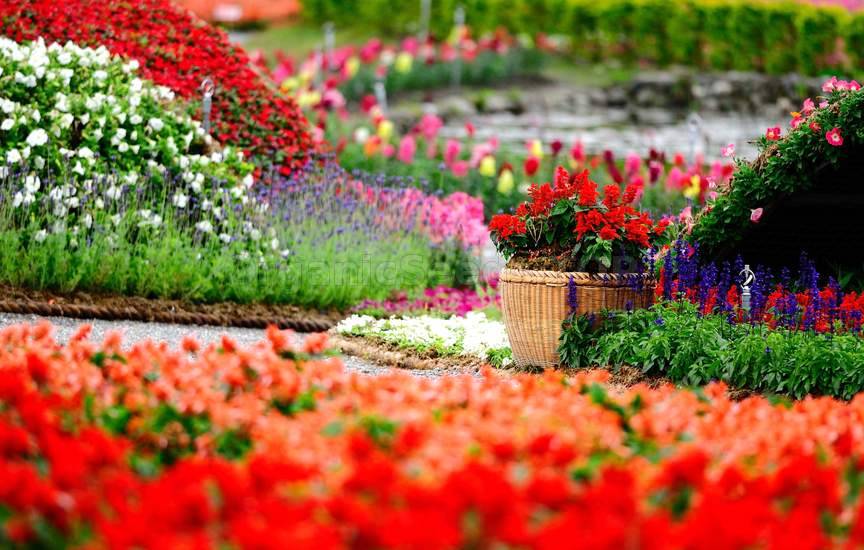 Annuals complete their life cycle, from seed to seed, in a single year. By season's end, they produce seed and die. Most annual flowers bloom all season long and fill gardens with lasting color. They include marigolds (Tagetes spp.), common zinnias (Zinnia elegans) and annual sunflowers (Helianthus annuus). Biennials need two years for their life cycle. The first year produces only leafy, green growth. Flowers and seeds for the next generation come in the second year, and then biennials die. Italian parsley (Petroselinum crispum var. neapolitanum) is an example of a biennial. Perennials take three years or more, from seed to seed, and may live much longer in proper conditions. Perennials bloom for shorter time periods, but they come back year after year. Whether plants live through winter depends on more than natural life cycles. Garden locations also determine what survives. The U.S. Department of Agriculture Plant Hardiness Zone Map divides the United States into 13 growing zones, based on average extreme low temperatures. USDA zone 1 has the coldest winters, while USDA zone 13 has the warmest. 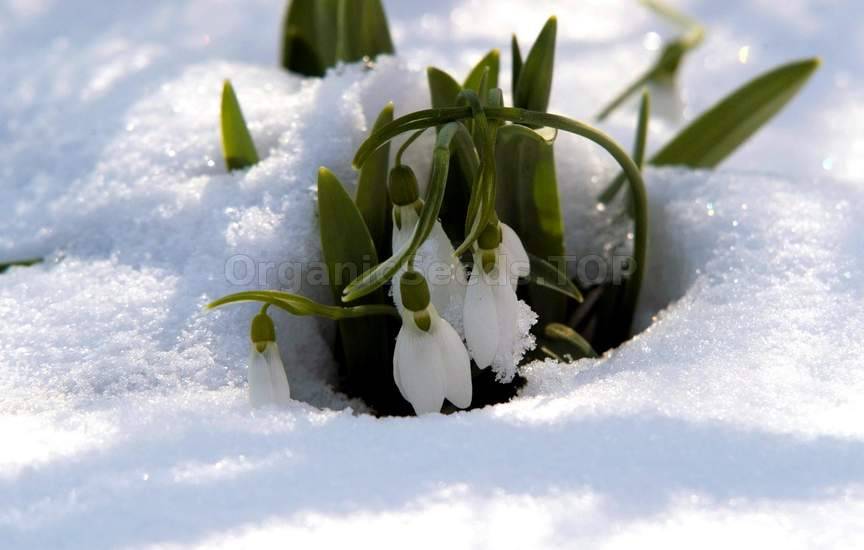 Plant labels and catalogs usually include hardiness zone ratings. Learn your zone, and choose plants to match. Perennials native to tropical areas can't survive outdoor winter temperatures in Northern regions. They're still perennials, but Northern winters can end their lives prematurely. Biennials and perennials survive in outdoor gardens only inside their hardiness limits. In USDA zones 4 through 8, old-fashioned biennial foxglove (Digitalis purpurea) withstands winters and self-seeds so freely, the self-perpetuating plants can be invasive. Common rosemary (Rosmarinus officinalis) needs the warmer climates of USDA zones 8 through 10; in colder zones it's grown as an annual. Good garden locations give new plants added advantages. Sites with easy access to water simplify maintenance, too. Most flowering and fruiting plants, including vegetables, thrive in full-sun locations. These spots receive at least six to eight hours of direct sun each day. Sun-preferring plants may tolerate shady locations, but they'll have weak, lanky growth and few flowers or fruit. 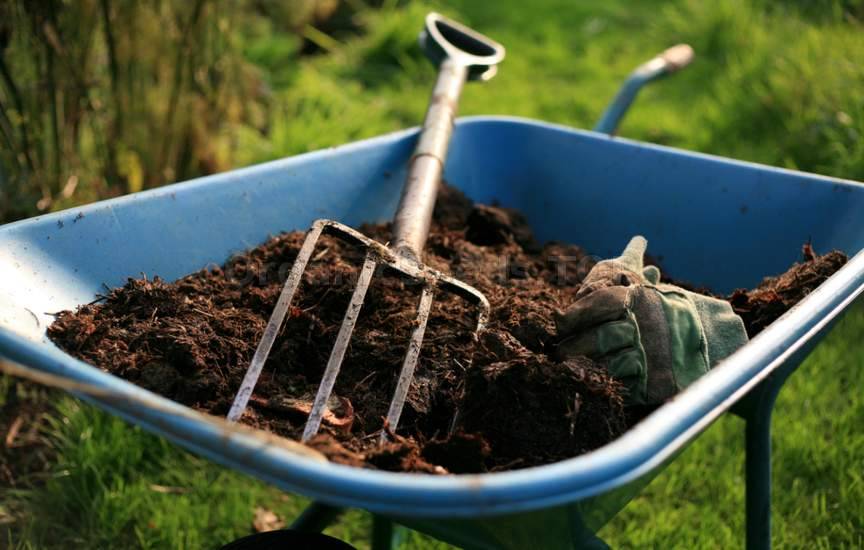 Soil is also important. Most plants flourish in well-drained soil with lots of organic matter. This means natural material from plant or animal sources, such as compost and decomposed pine needles or leaves. Organic matter helps soil hold onto water and nutrients while improving soil structure and drainage. All types of plants, from annuals to perennials, trees and shrubs, benefit from organic matter in soil. Layer 3 inches of compost or other organic matter over your garden area, and then work it in about 6 inches deep to amend your soil before planting. Plants need water for survival. Rainfall often supplies that need, but nature sometimes needs a helping hand. As a general guide, provide garden plants with 1 inch of water per week over their entire root zone. This translates to 0.623 gallons per square foot of garden surface. Water the ground deeply (not the plants' leaves), to help roots grow deep, and then let the soil dry before watering again. Adjust your schedule during rains or drought, and water early in the day so any wet foliage can dry. 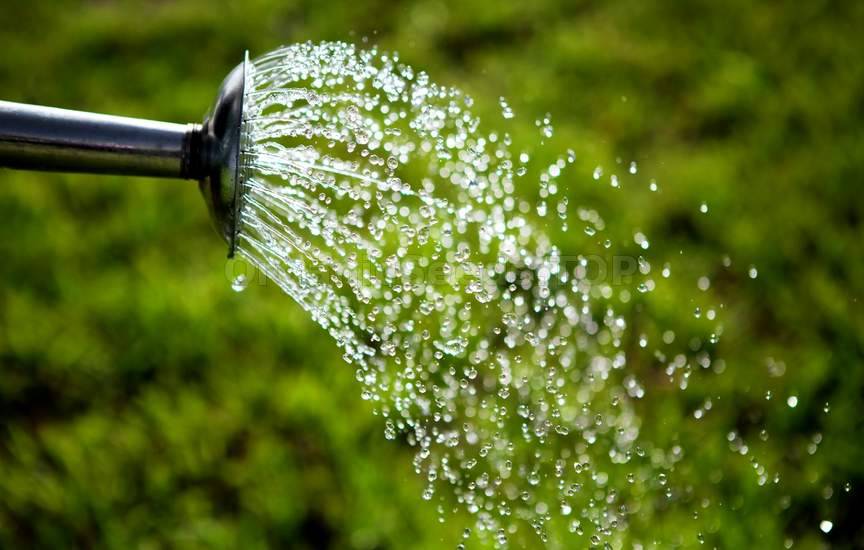 Water enables plants to absorb soil nutrients, but roots also need air for that process. Symptoms of overwatering and under-watering are nearly identical. Too much or too little, roots struggle and plants wilt. Check your soil by hand periodically. If it's cool and moist at finger-length depths, it's fine. If it's wet, let it sit. If it's dry, it's time for water. A 2-to-3-inch layer of organic mulch spread on top of the soil helps retain moisture and keep soil cool. Container gardens need special care to compensate for their conditions. Container-grown plants do best in lighter soil mixes, which dry quicker than garden soil, so containers need extra watering. In hot climates, it can be daily or even twice per day or more. Container types make a difference, too. Natural containers, such as terra-cotta pots, allow air and moisture loss through their sides. Plastic or fiberglass pots hold air and moisture in. Whatever types you choose, be sure they offer unobstructed drainage holes.  Extra watering means more nutrients wash away through soil. Fertilizer offsets the loss. Water once per week with an all-purpose, complete fertilizer diluted to one-fourth strength. For example, one water-soluble, 24-8-16 fertilizer has a full-strength rate of 1 tablespoon per 1 gallon of water. Water with 1/4 tablespoon per 1 gallon of water instead. The three numbers on fertilizers are called the N-P-K ratio, after the chemical symbols for the nutrients they represent. The numbers reflect the percentages of nitrogen (N), phosphorus (P) and potassium (K) in the product. Plants need these three nutrients in larger quantities than any other nutrients. 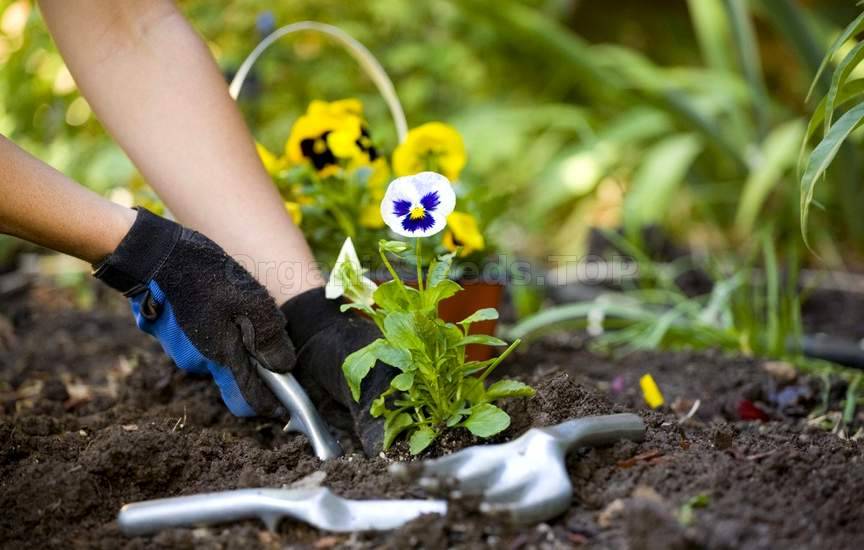 Keep your garden small enough so tasks stay manageable. Blooming plants, if grown just for flowers, benefit from having wilted blooms removed by hand. Known as deadheading, this encourages more blooms instead of seeds. If the flowers release their own spent blooms, they're often labeled as "self-cleaning." Leave the flowers on plants grown for harvest, such as vegetables. The vegetables or other fruits form from the flowers. Weeds do more than detract from garden beauty. They grow strong by stealing nutrients and water away from desirable garden plants. Handled promptly, weeds are easy to remove. Pull them by hand or use a hoe to chop them off just below soil level, before roots take hold and grow deep. Like garden flowers, weeds can be annuals, biennials or perennials. Early removal keeps annual weeds from self-seeding and hinders biennial or perennial weeds from establishing roots and settling in. |
|
|
